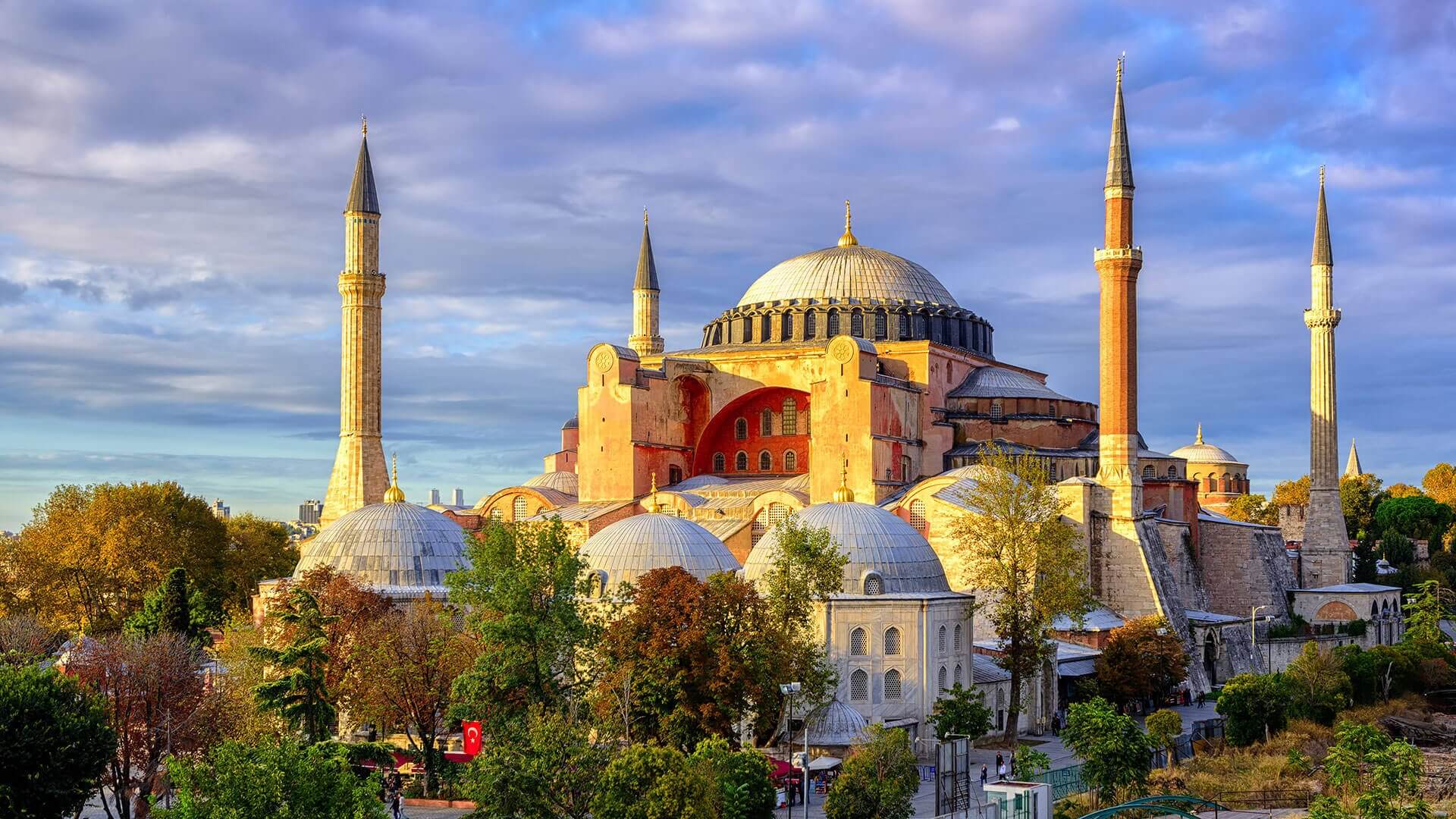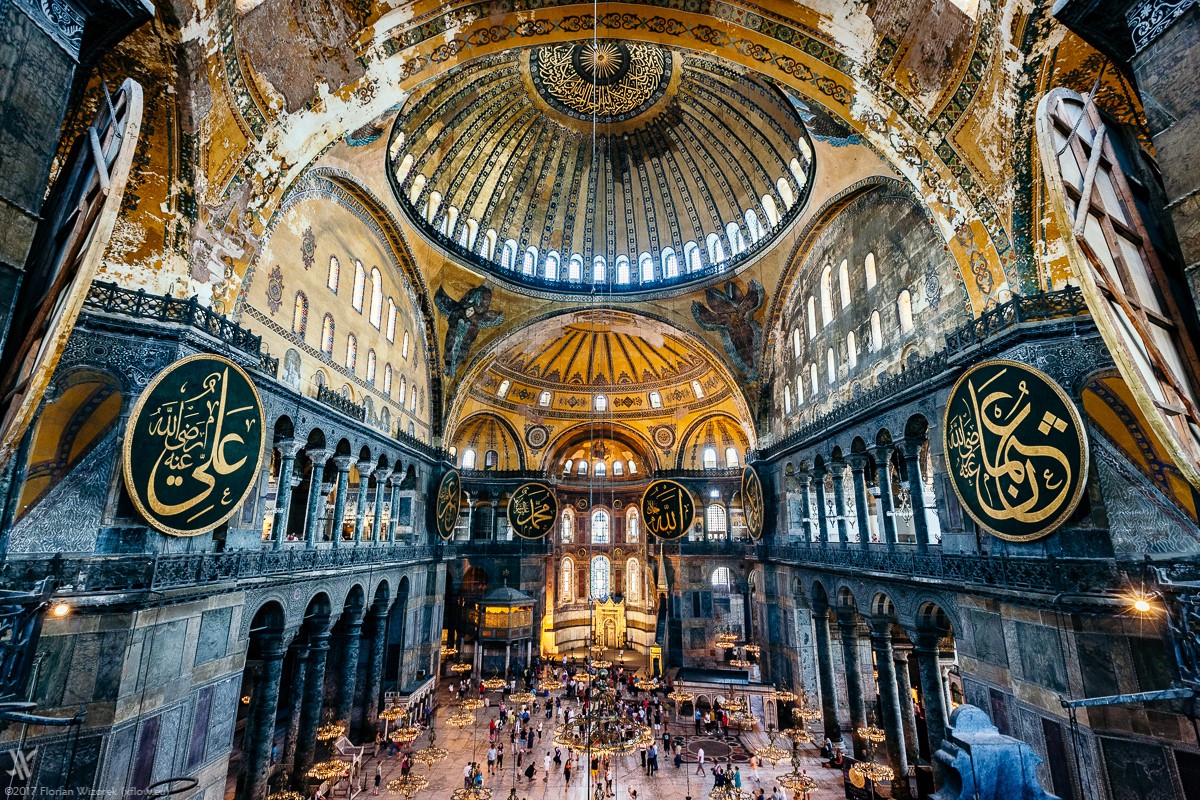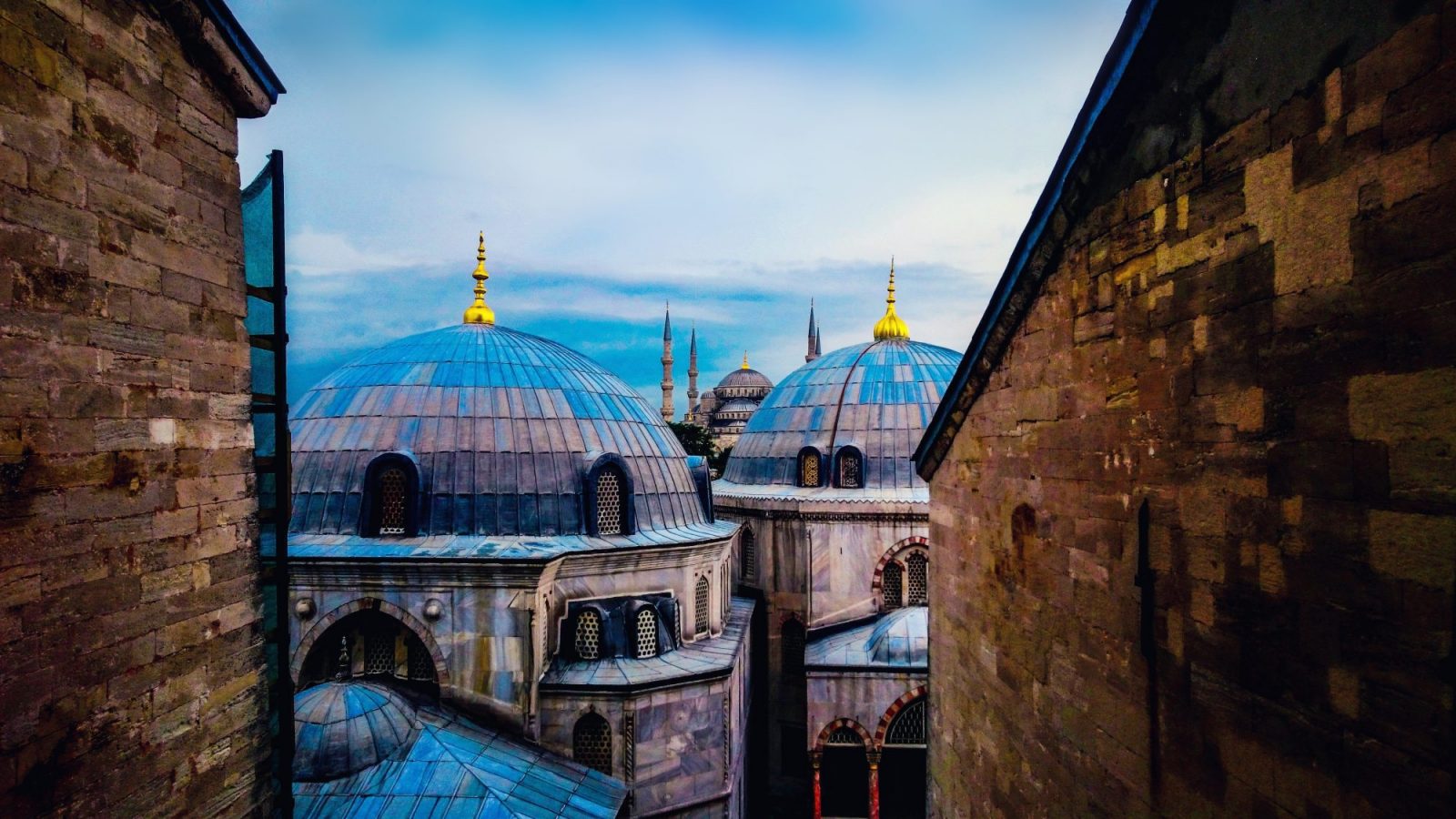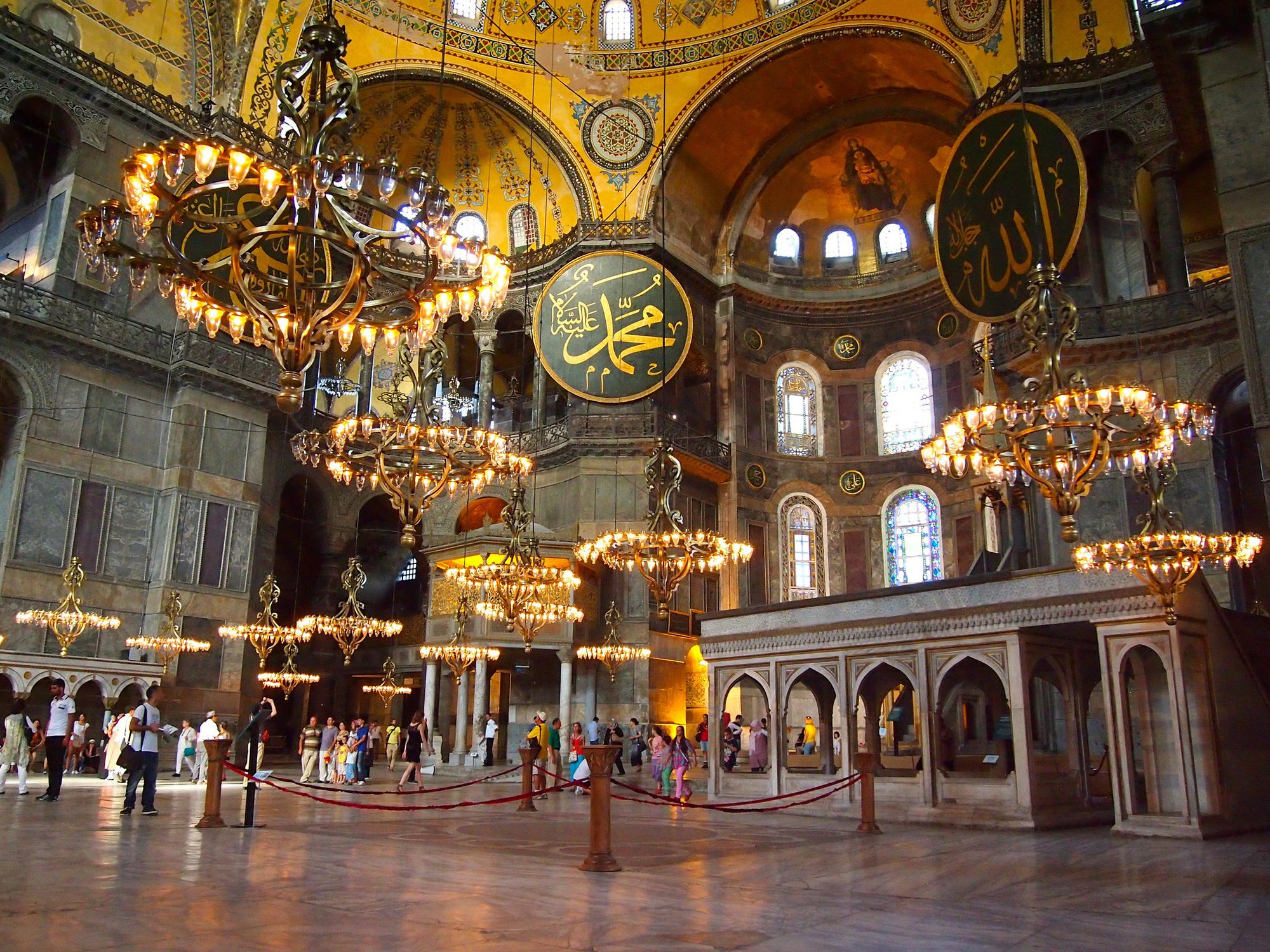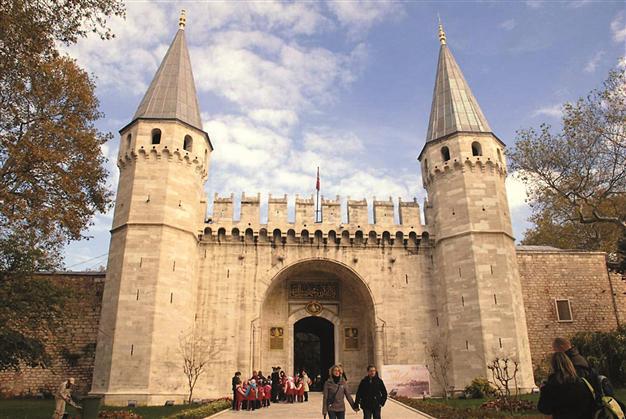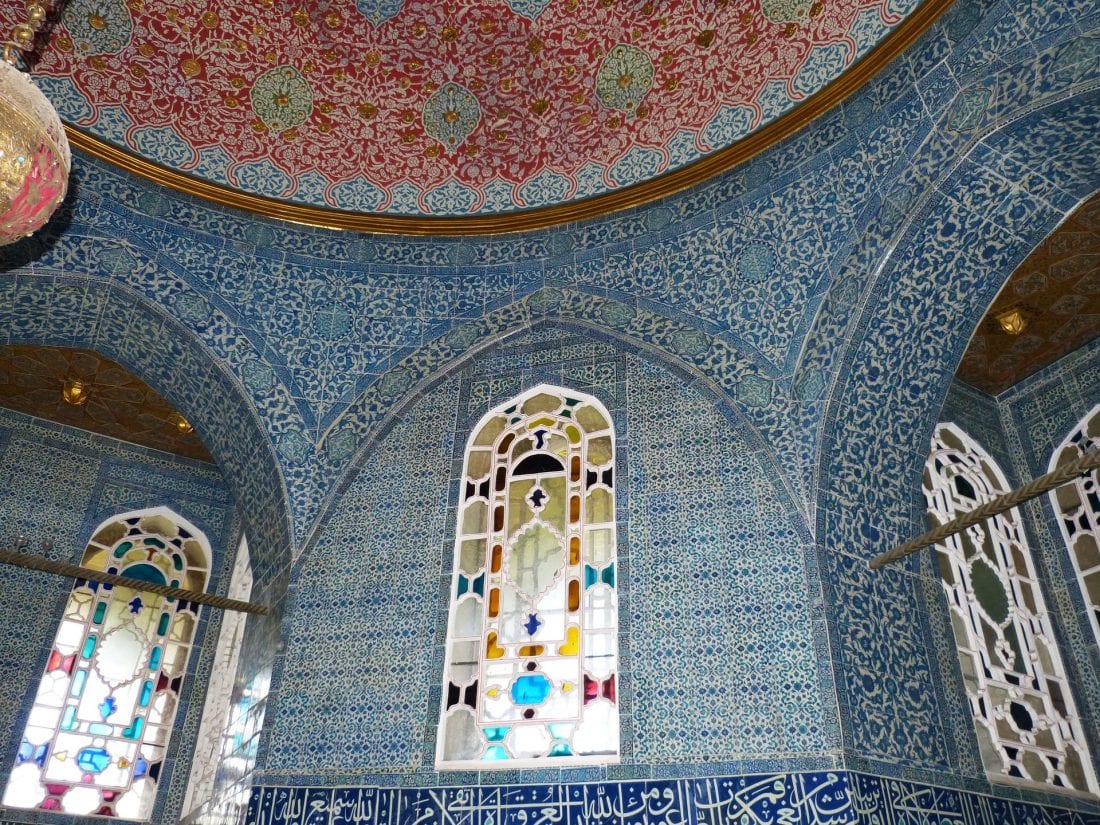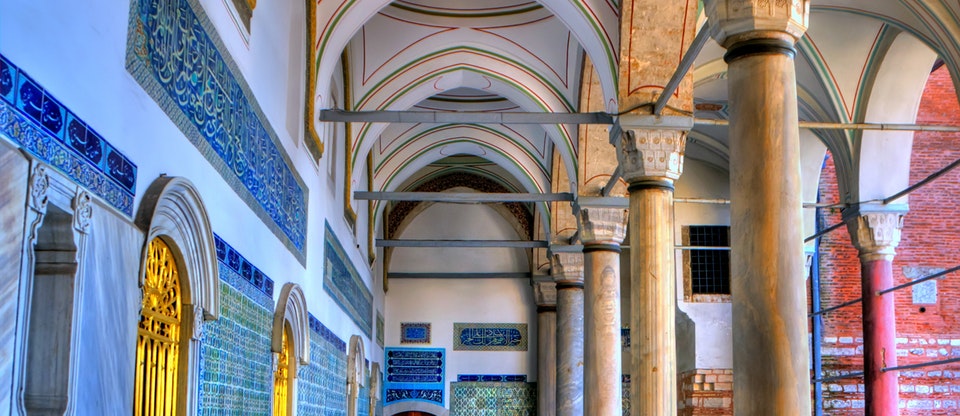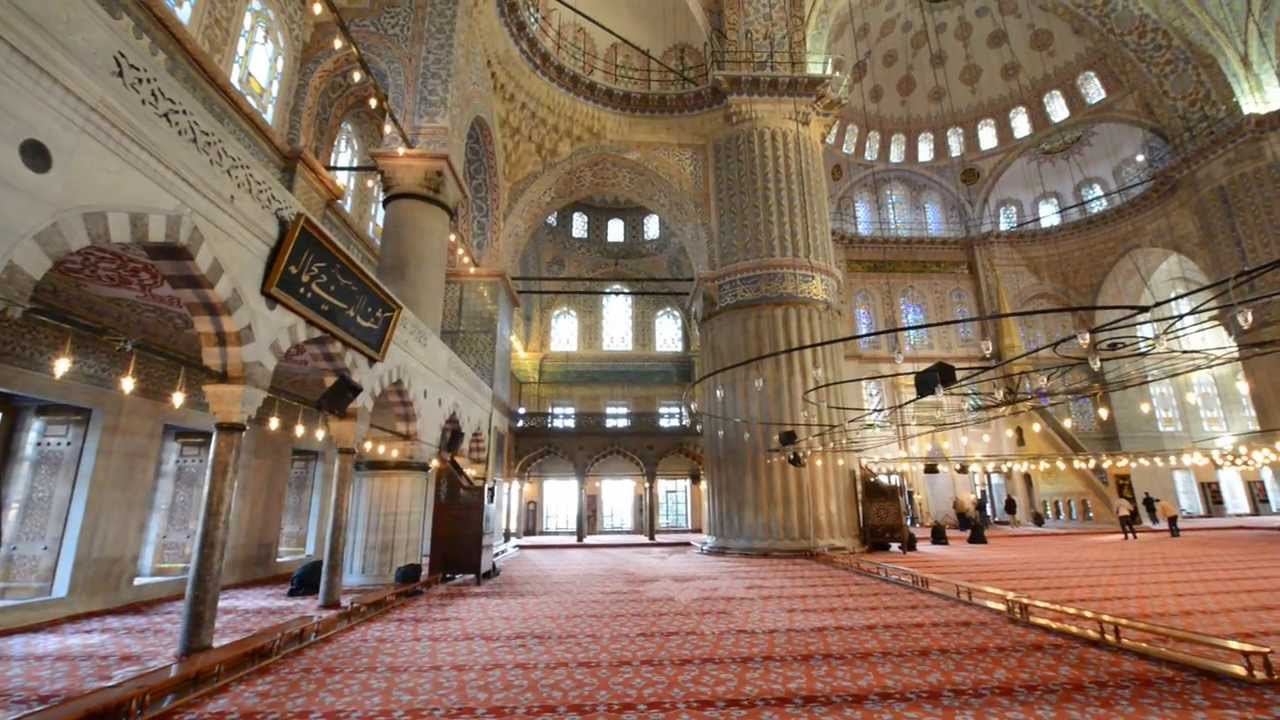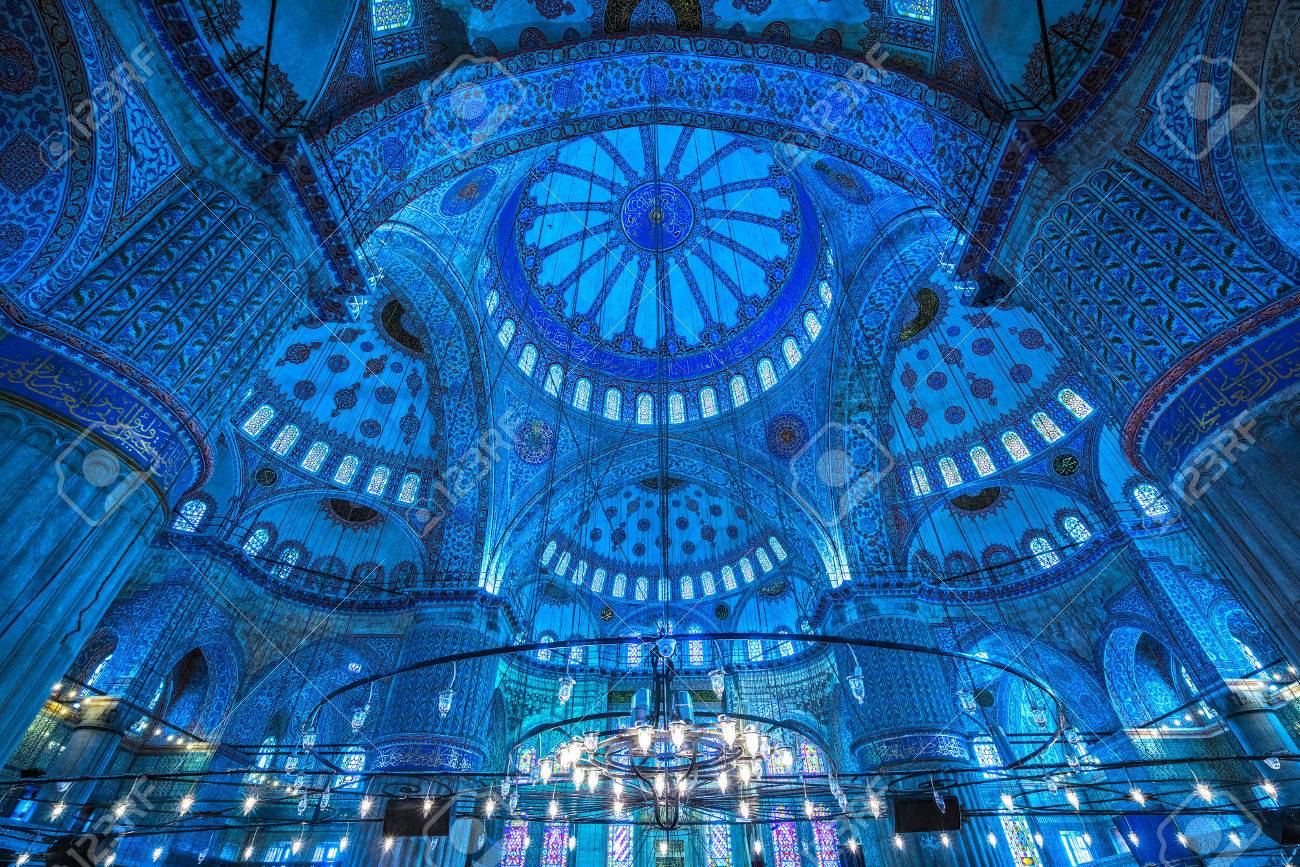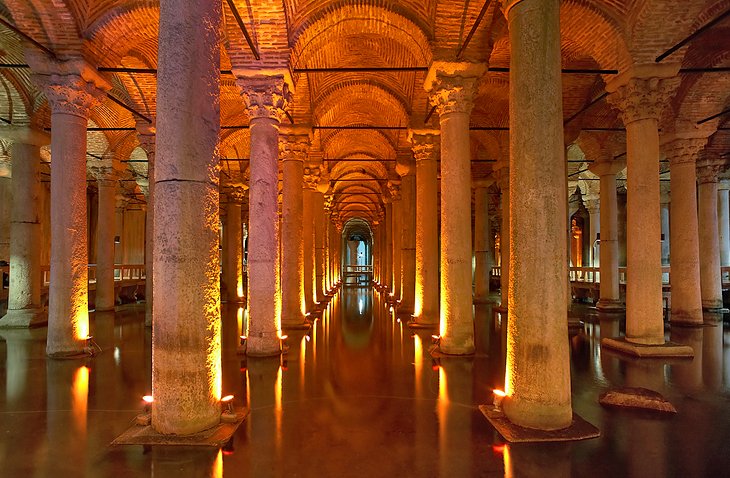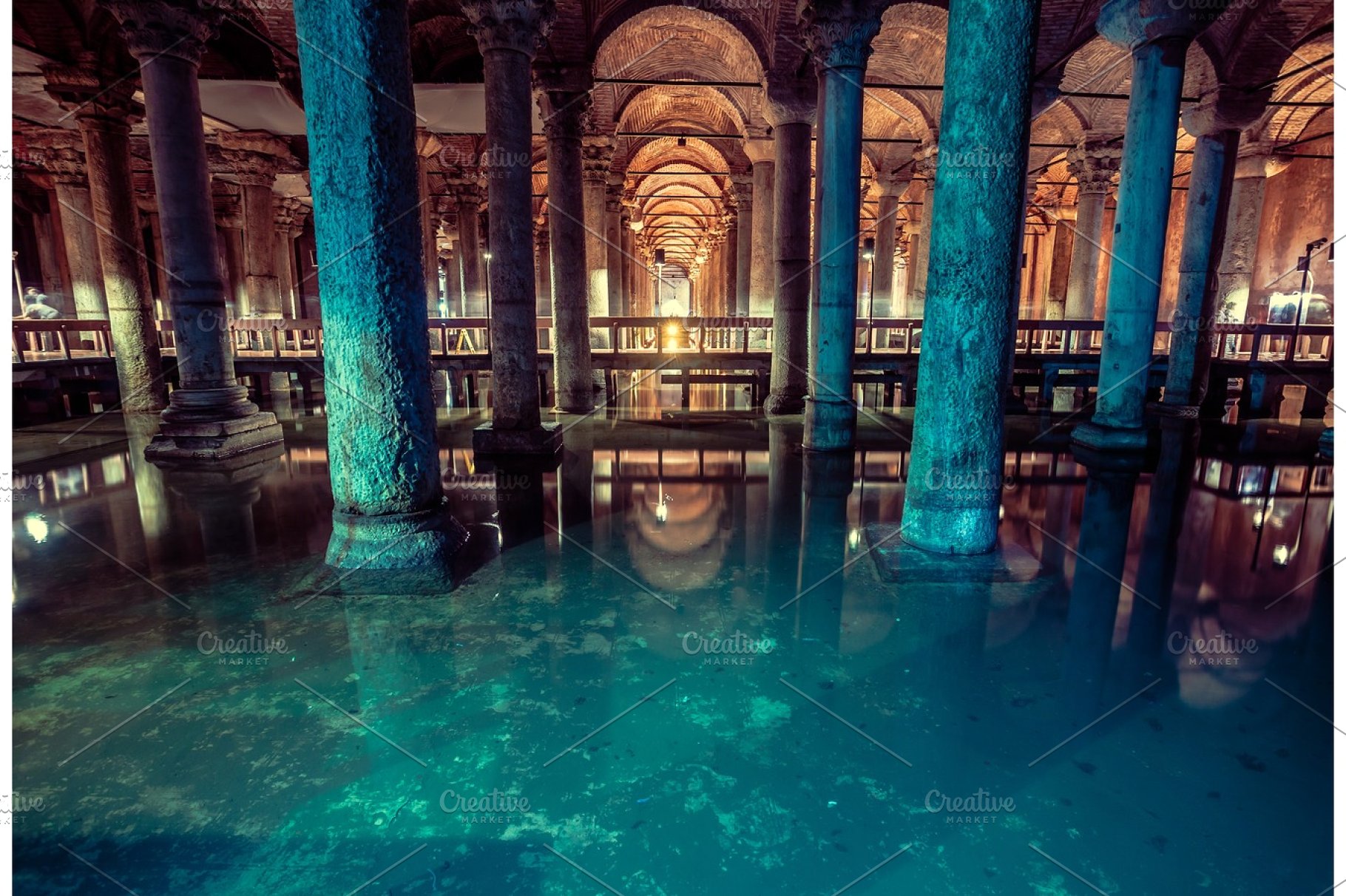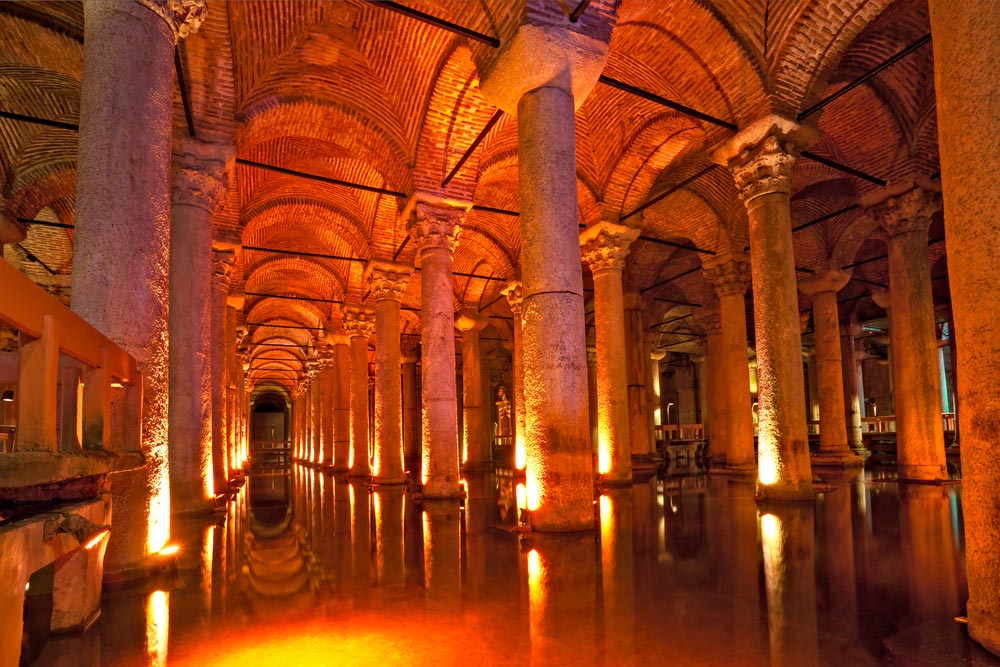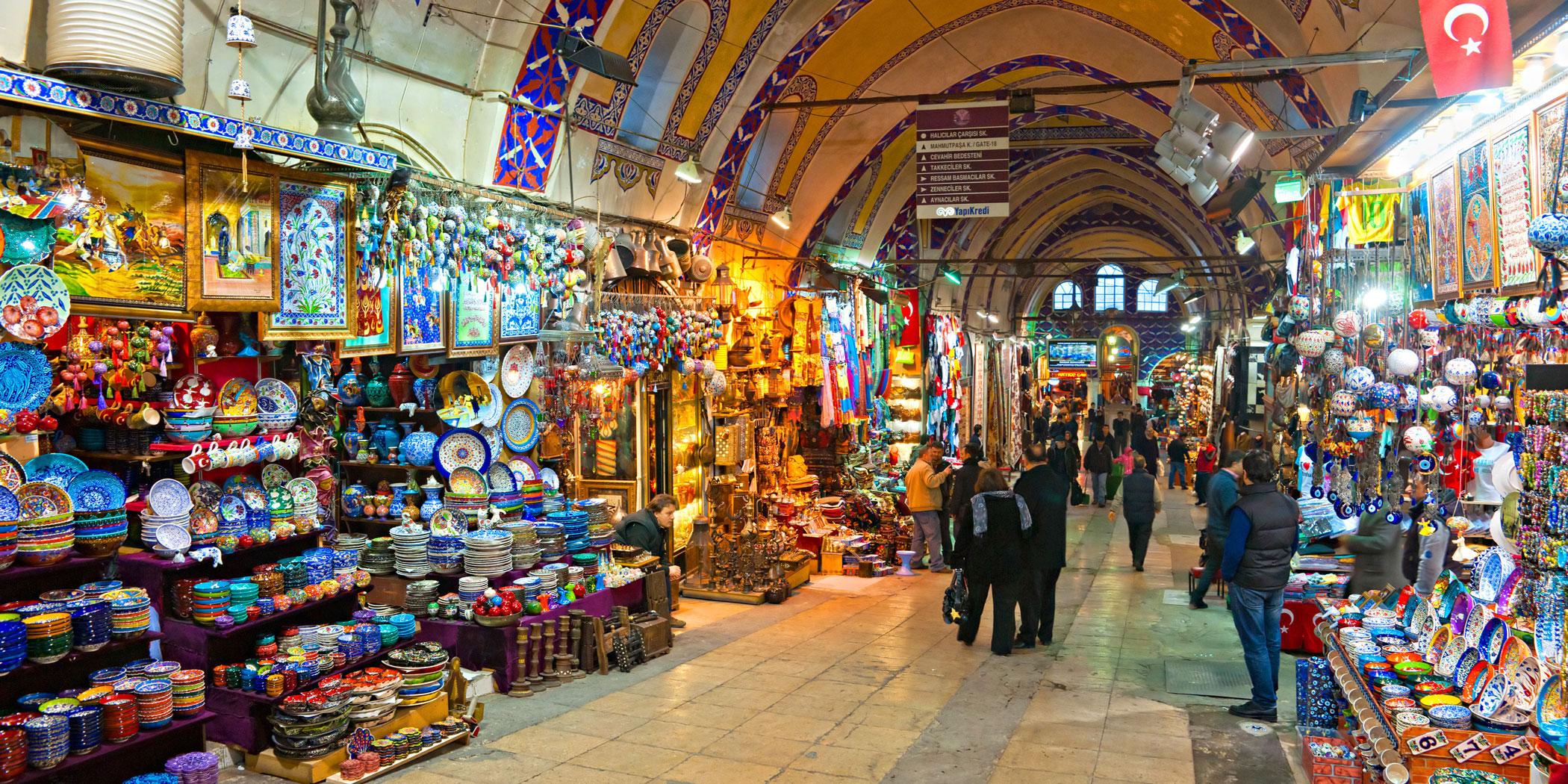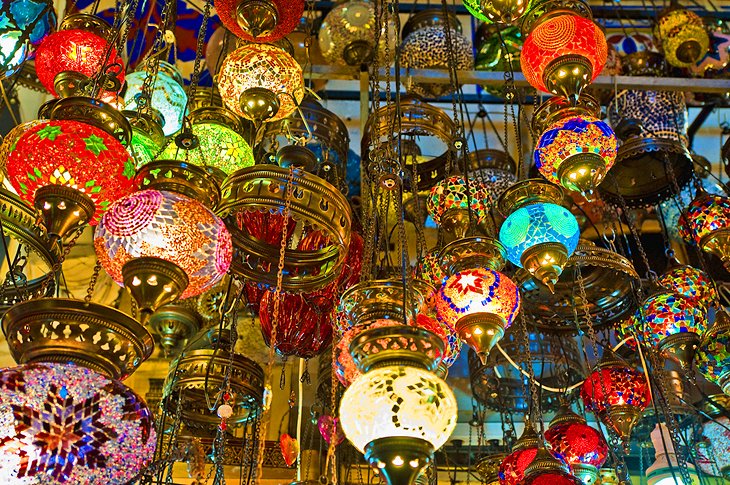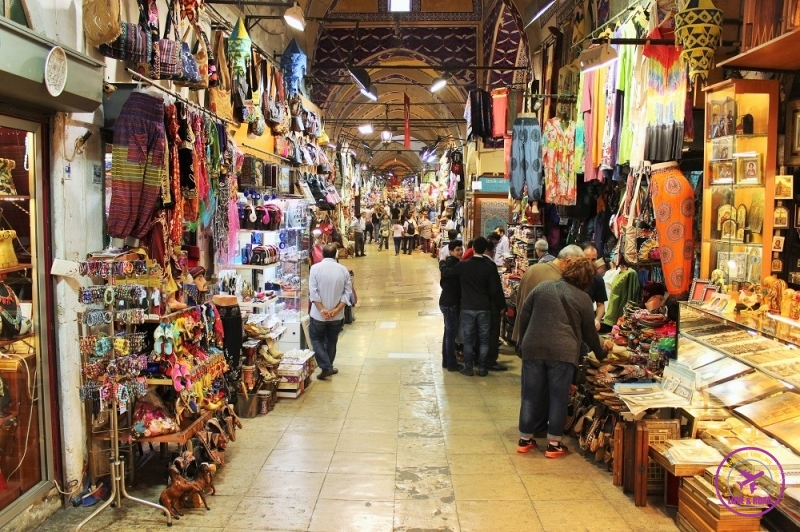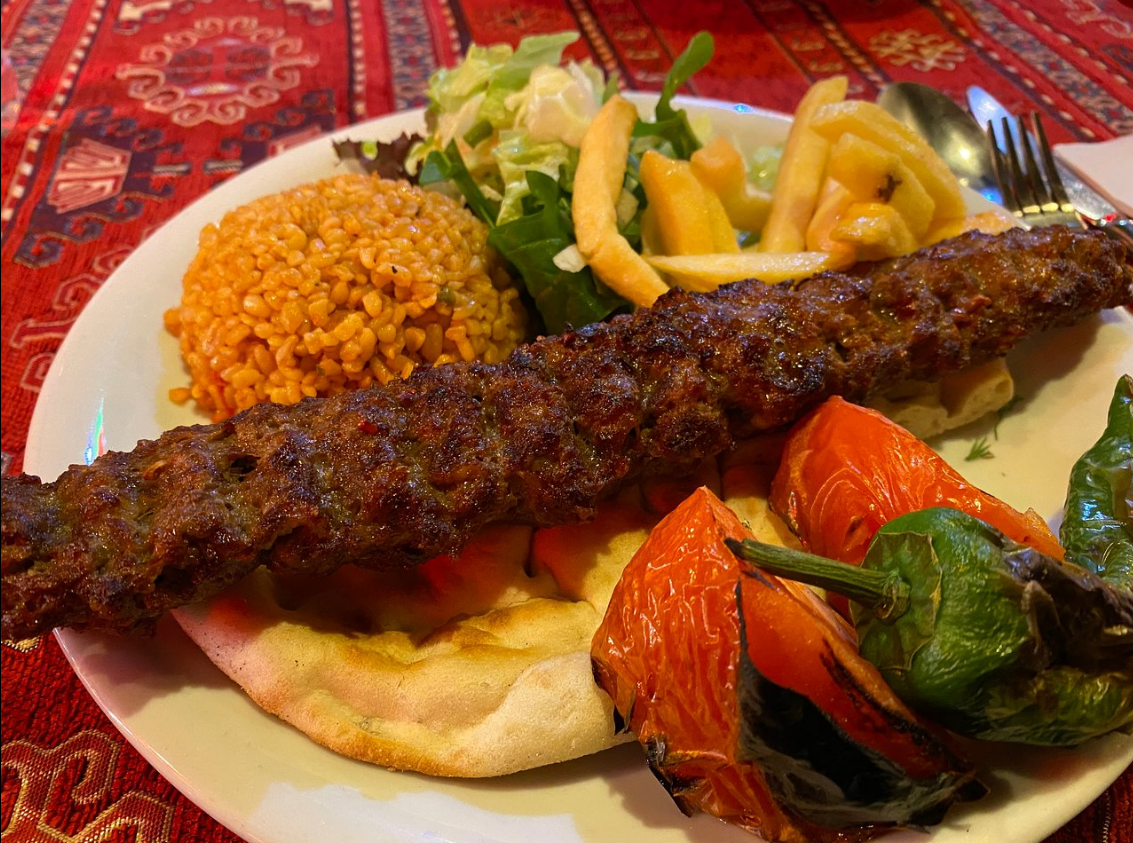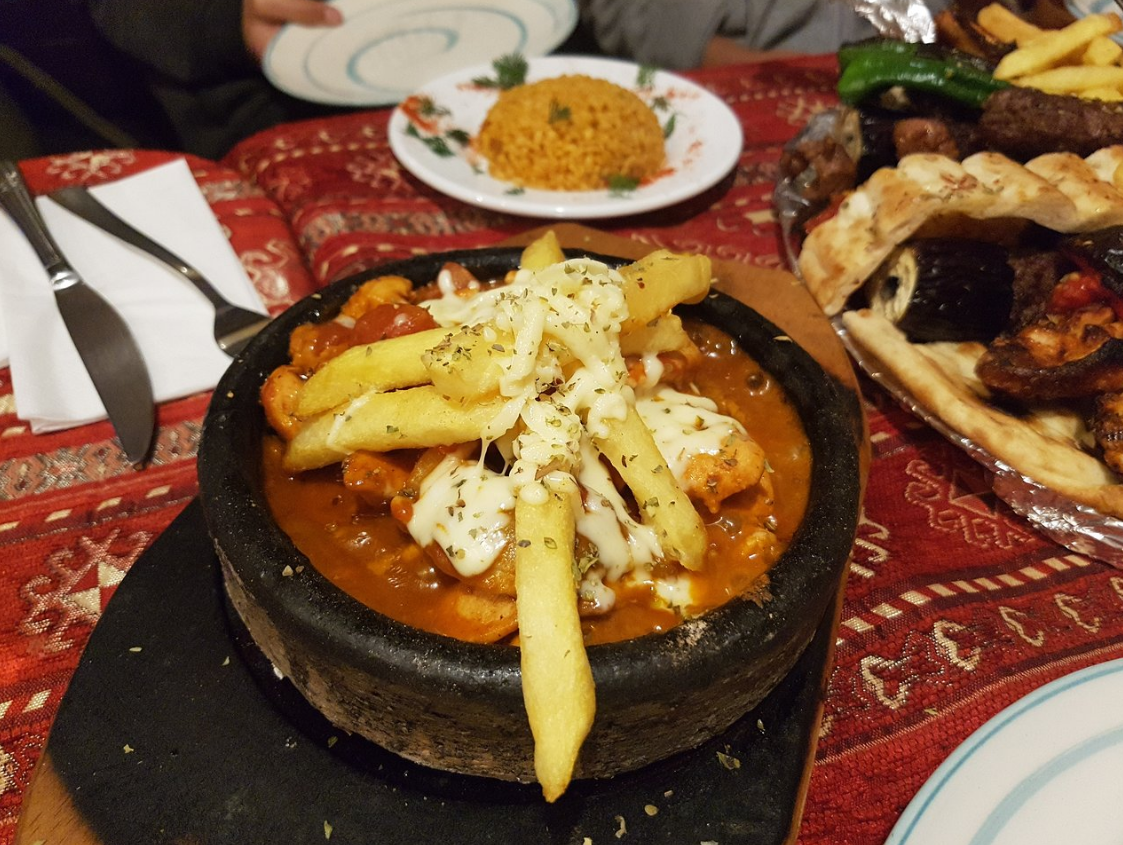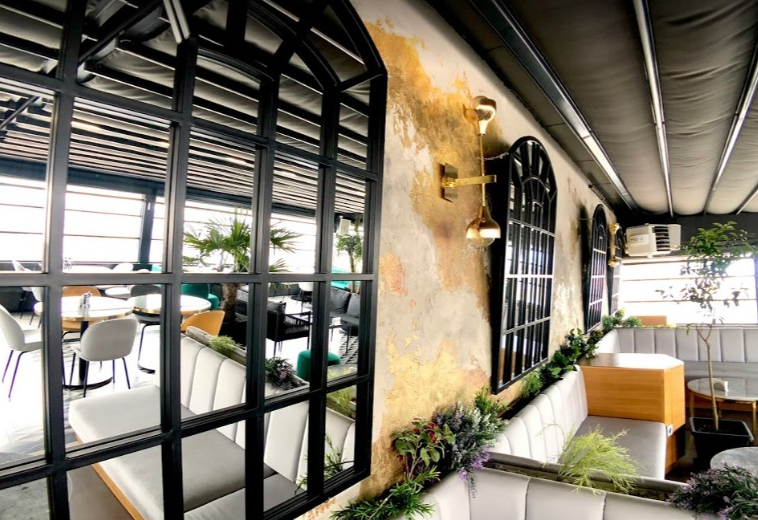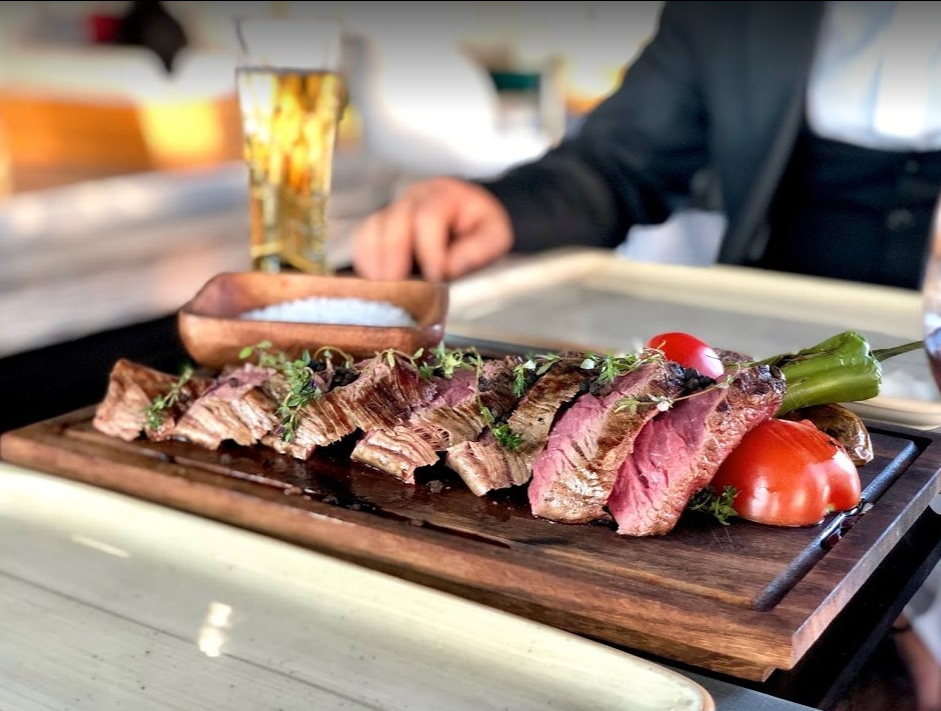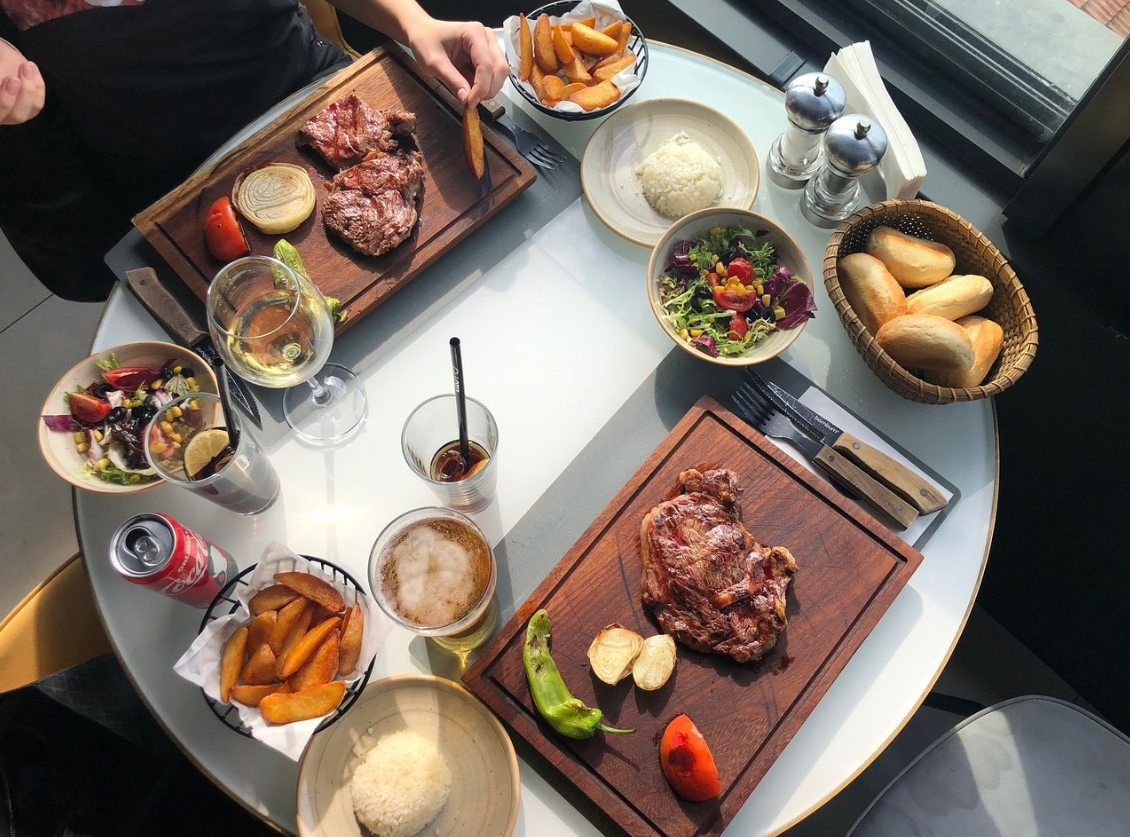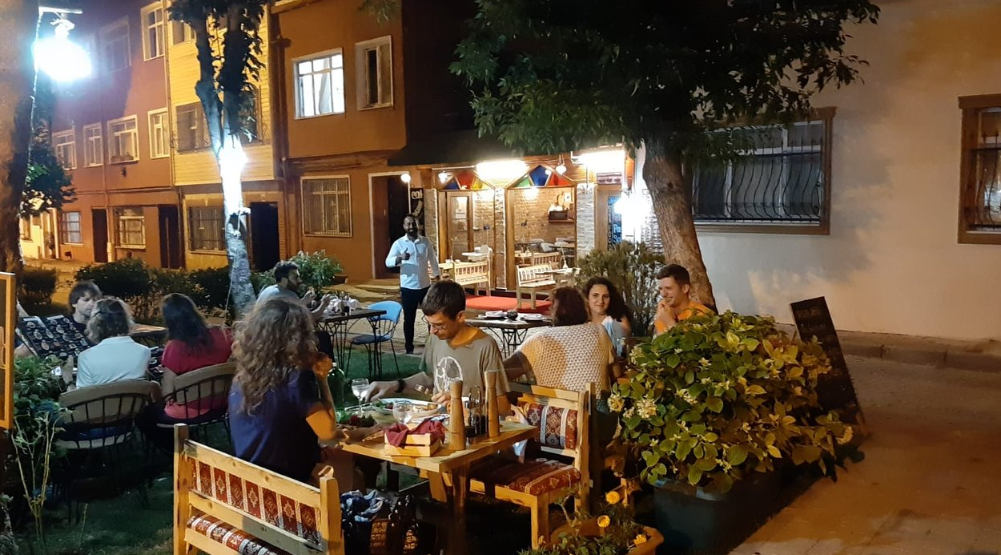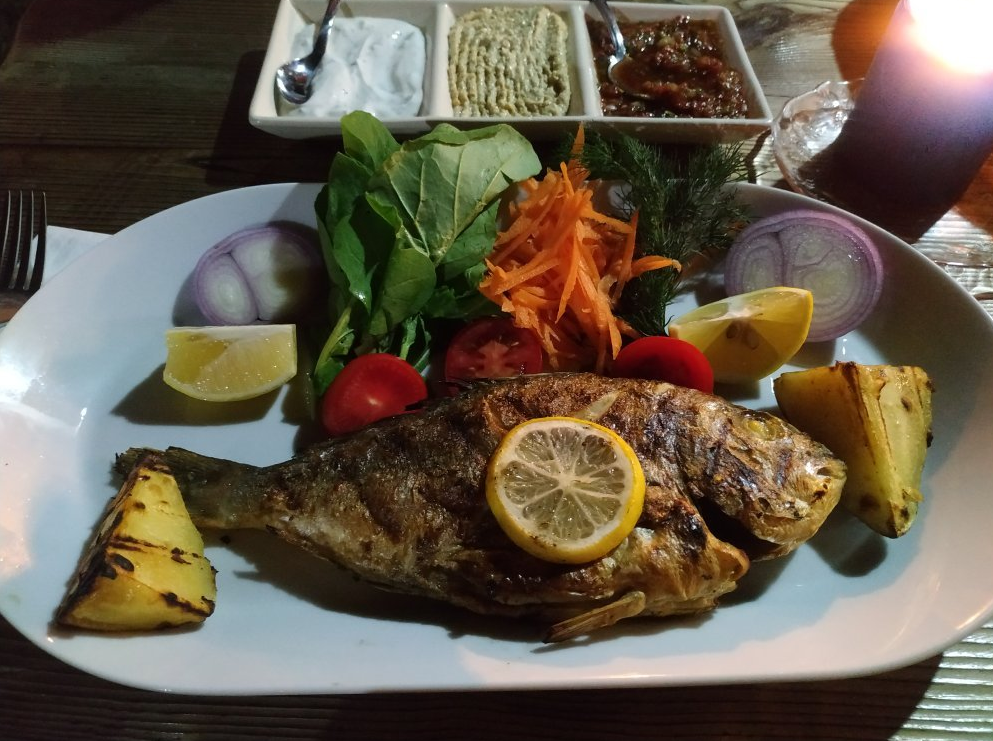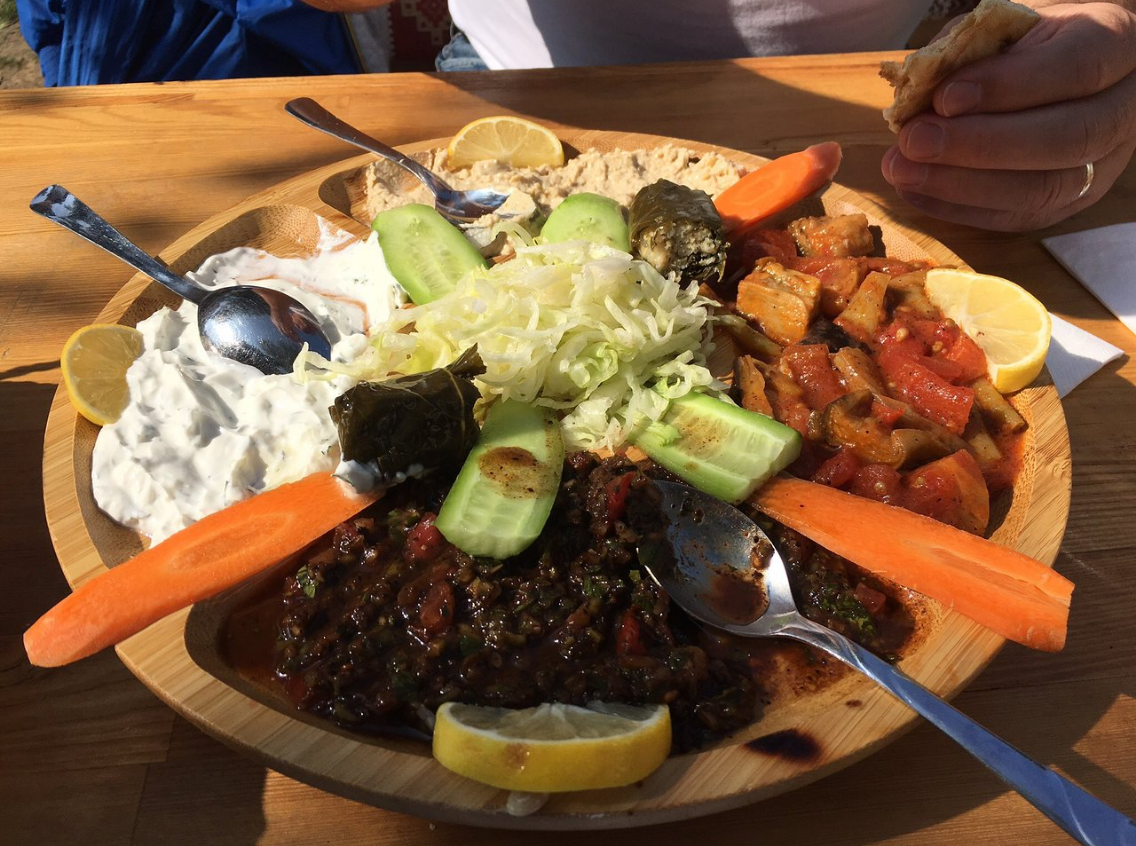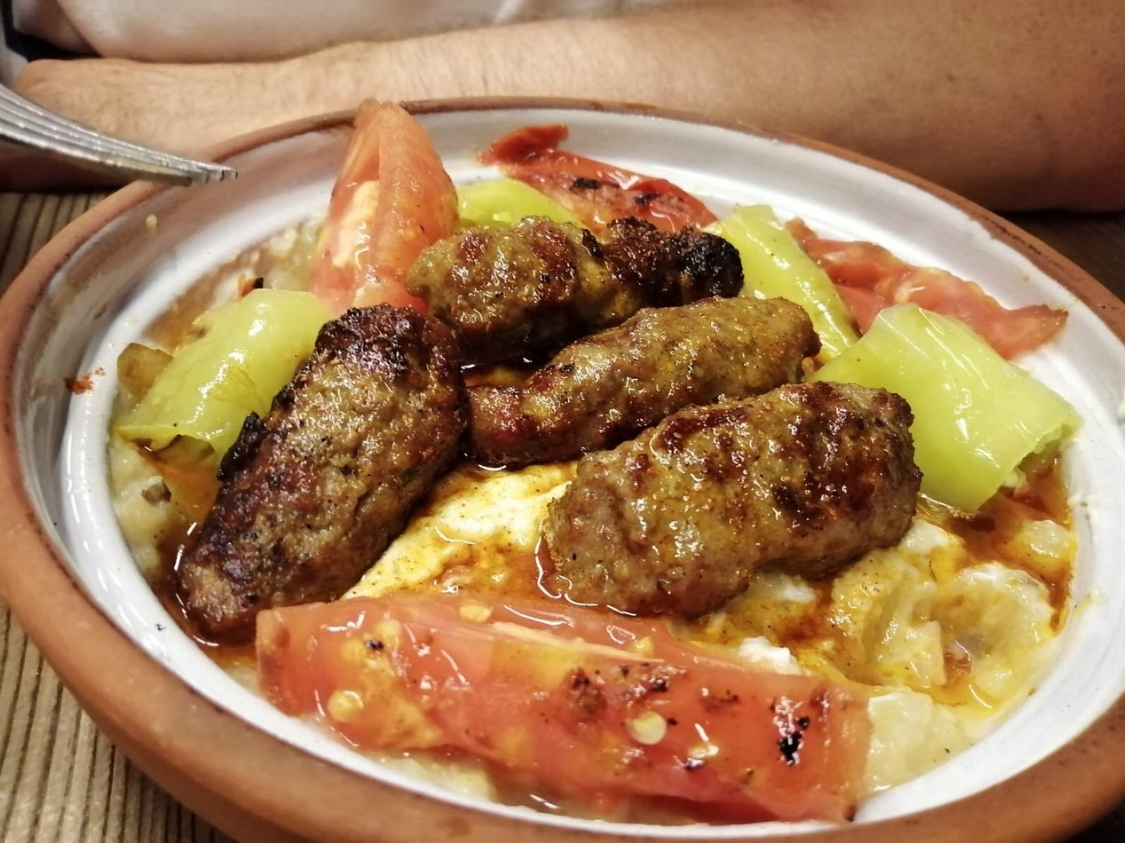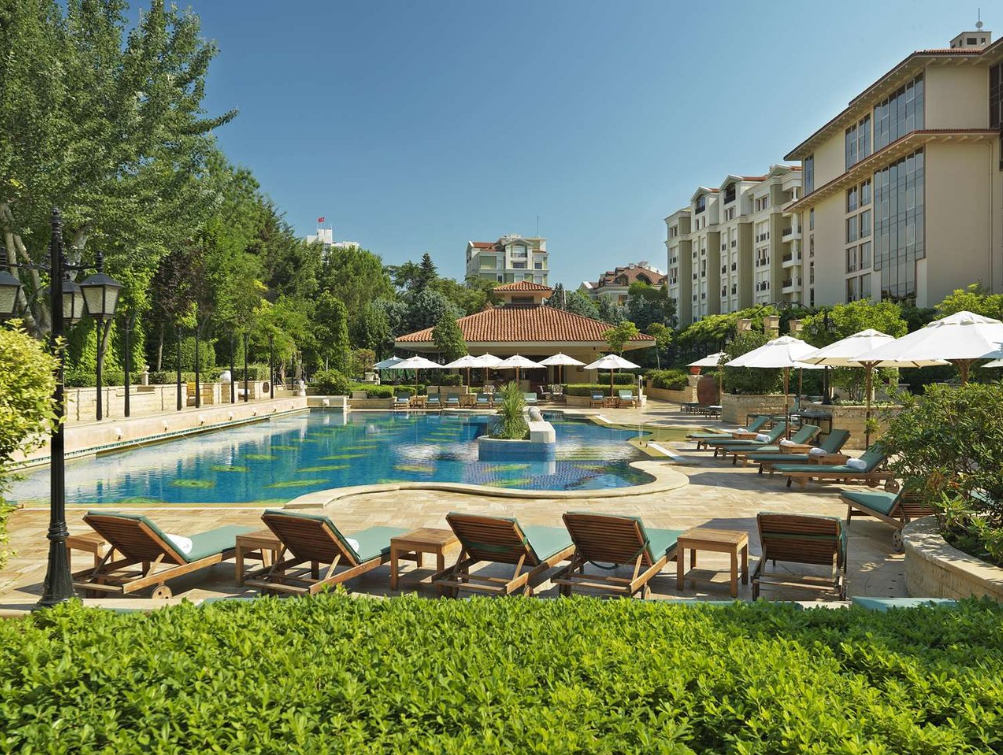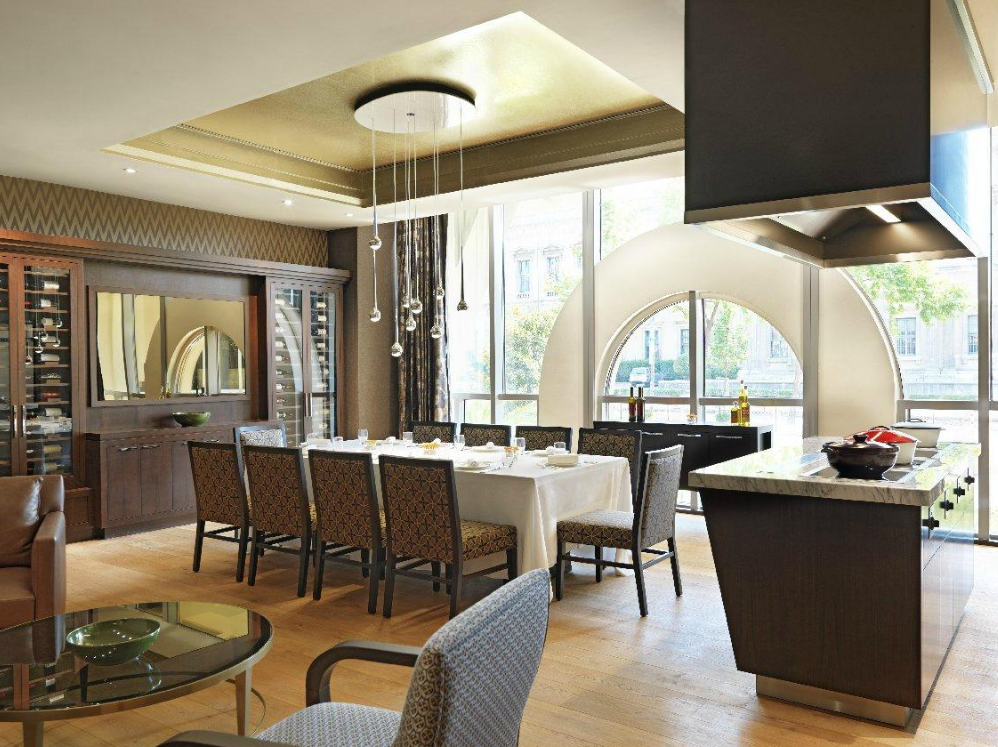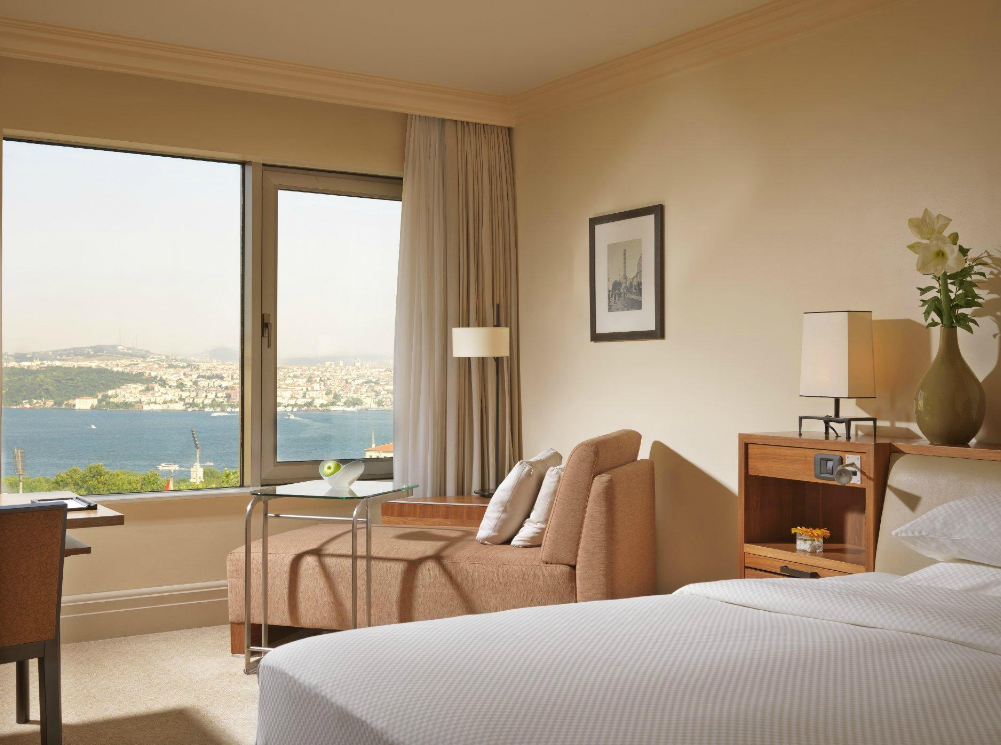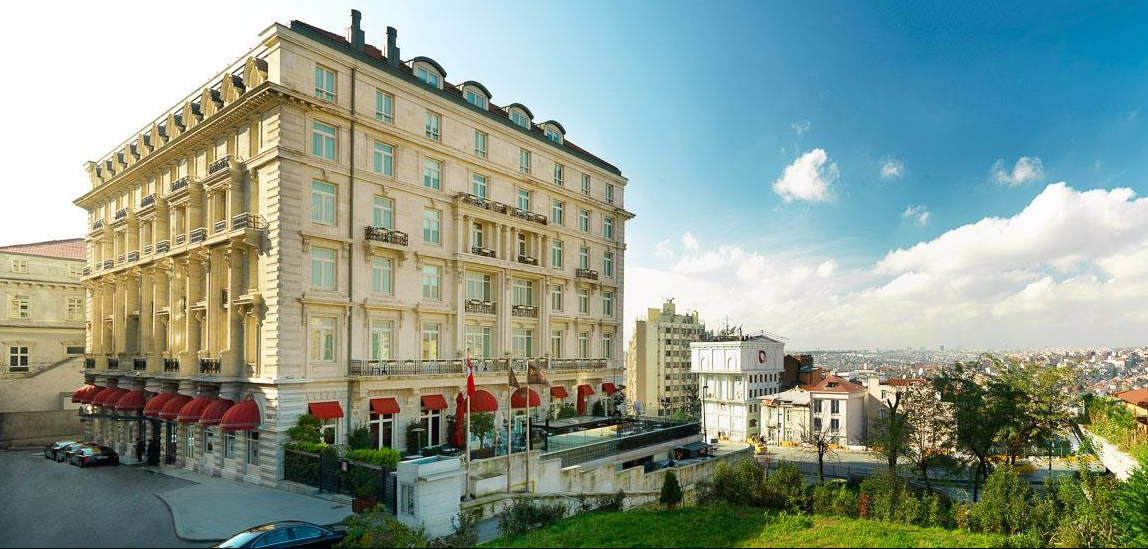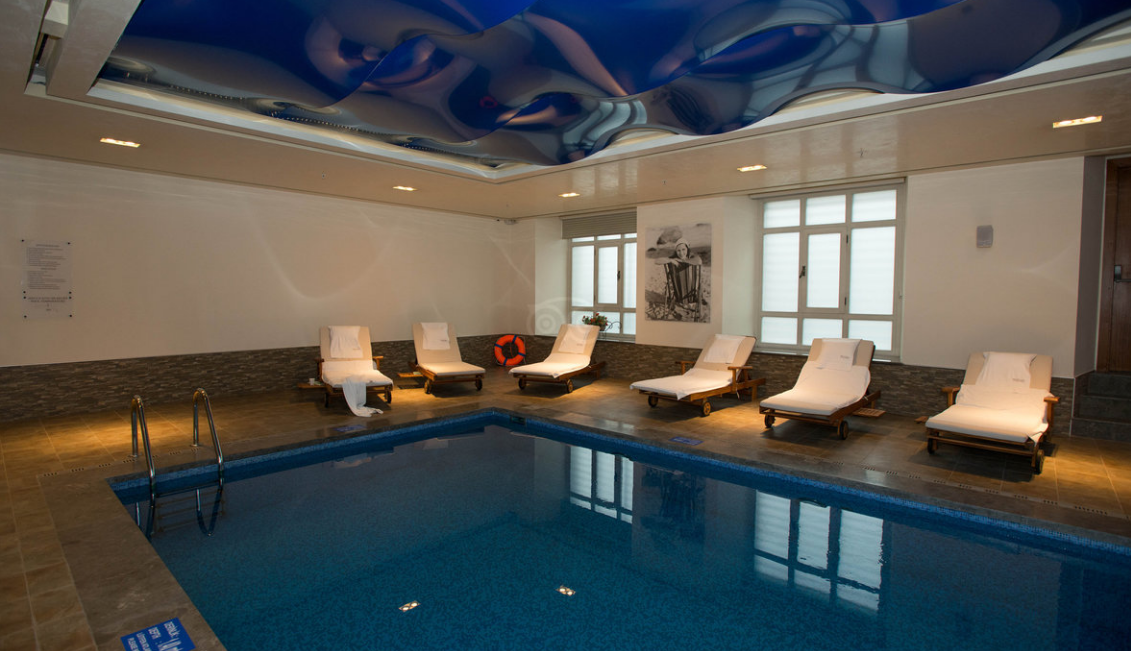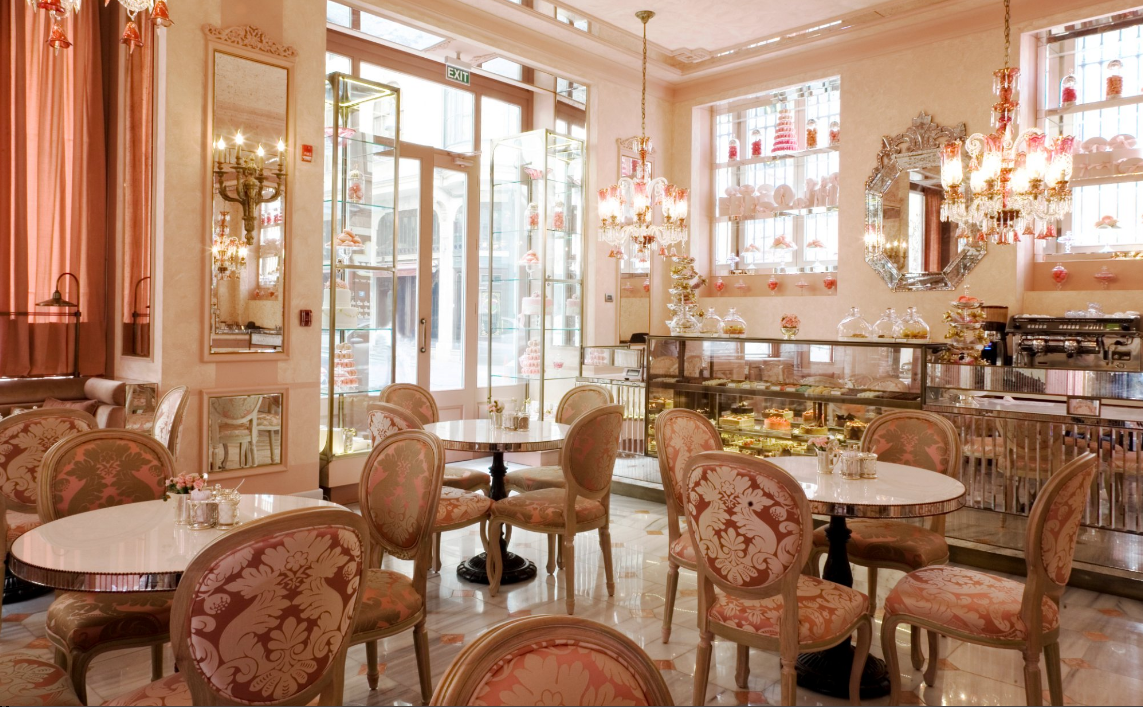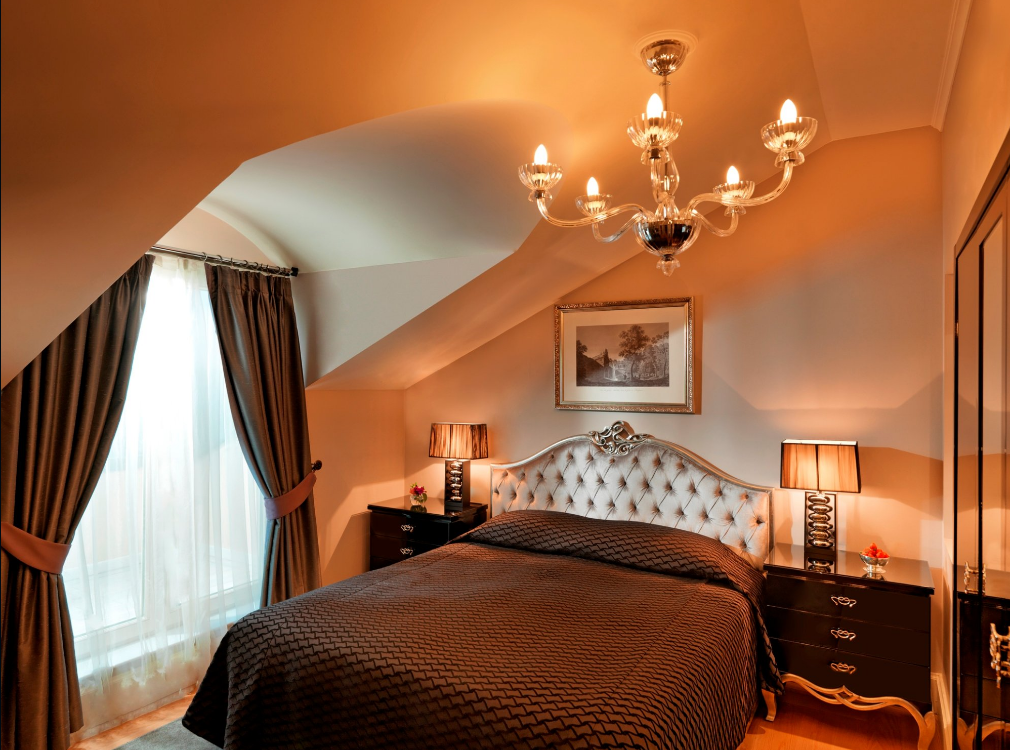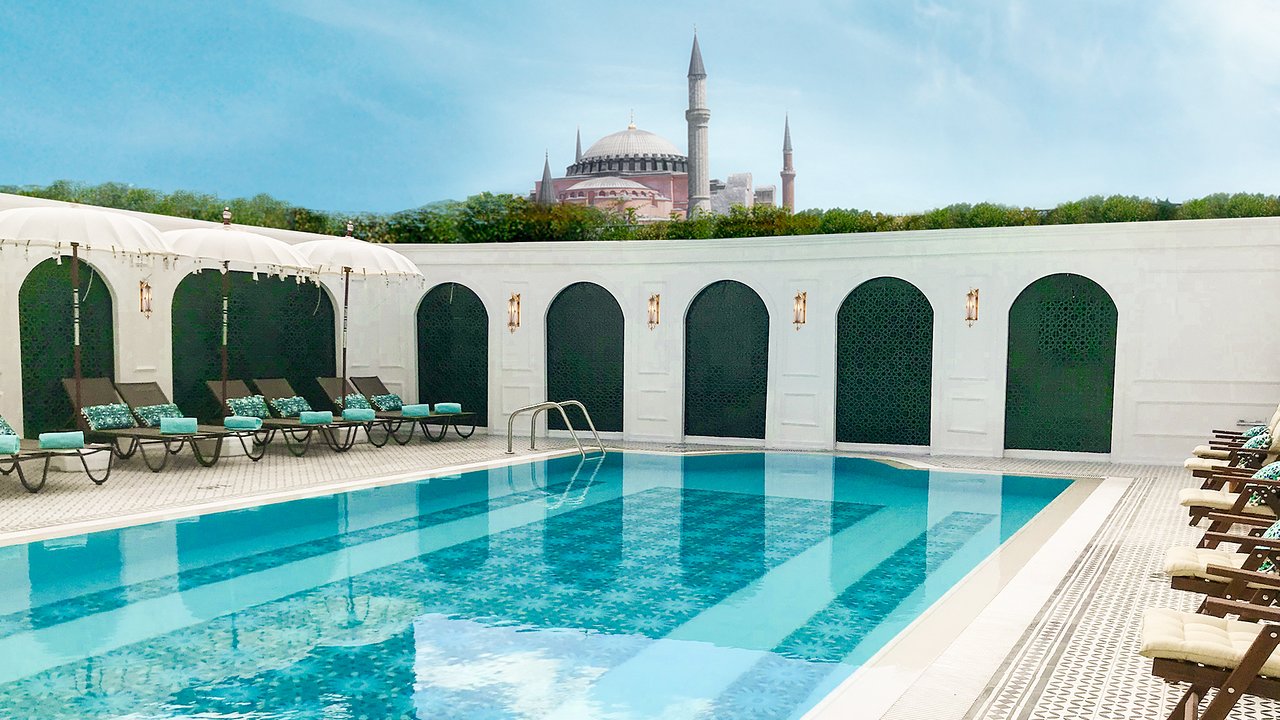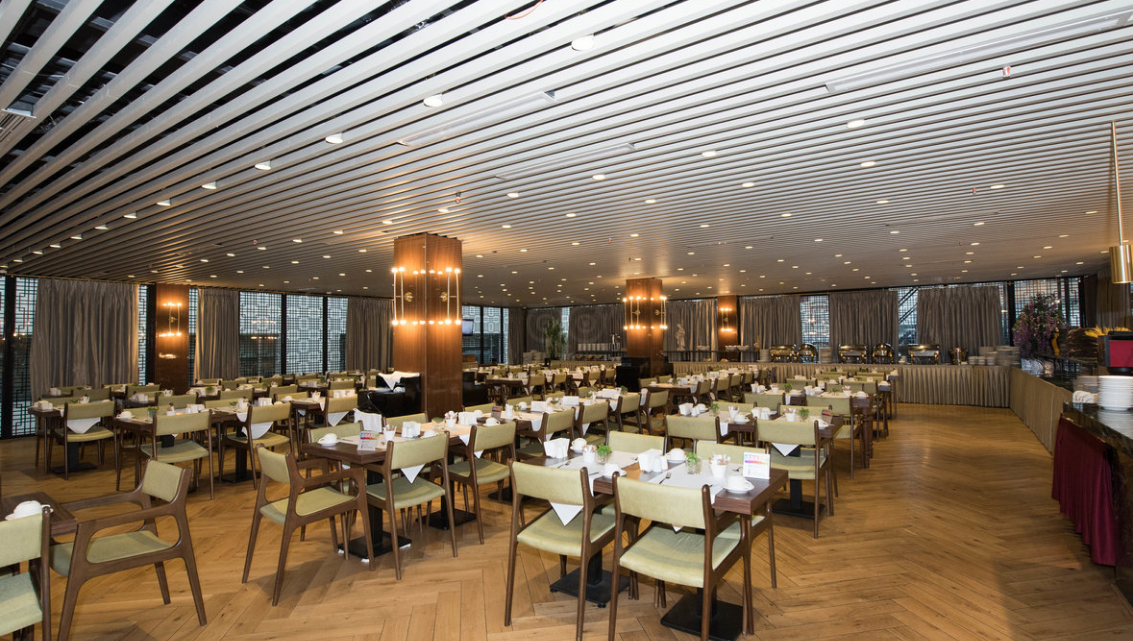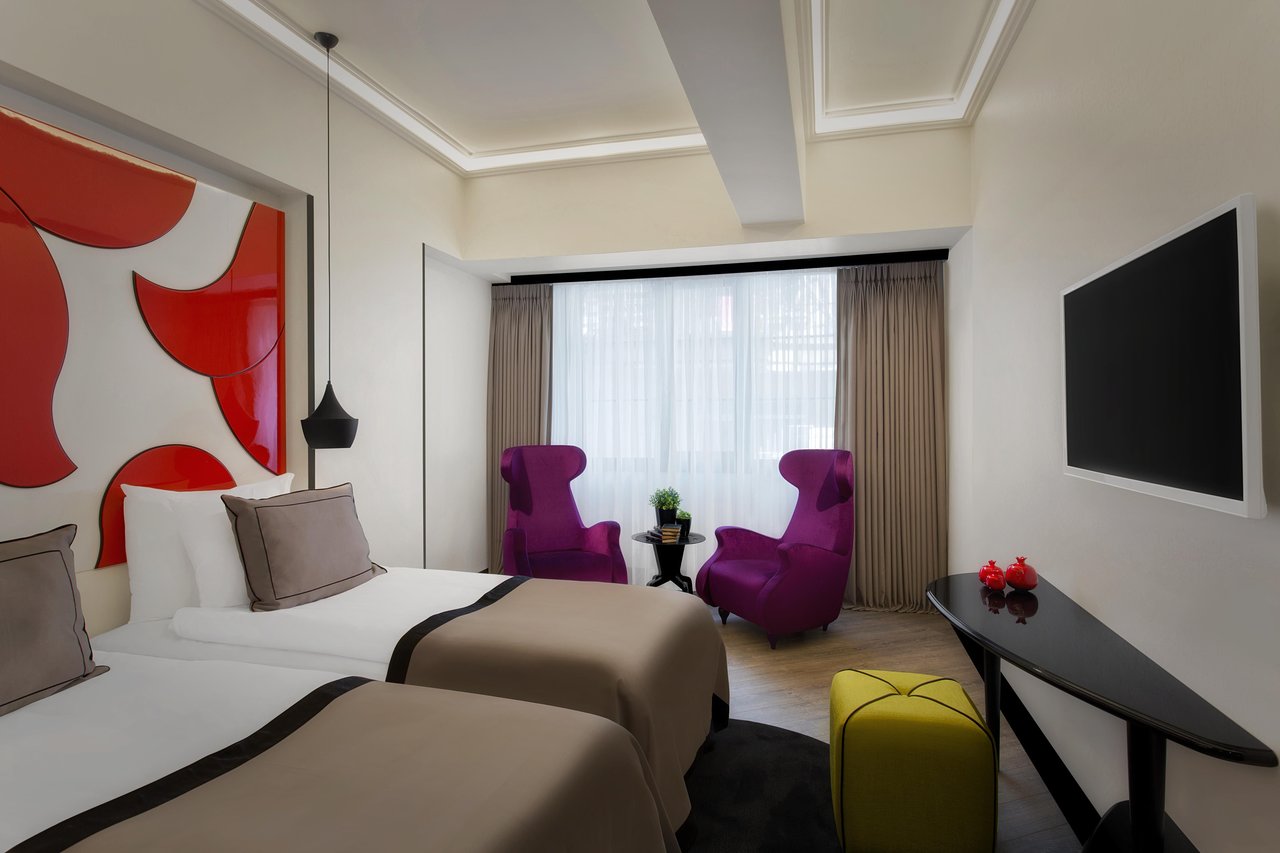ISTANBUL
TURKEY
Geography
Istanbul is in north-western Turkey within the Marmara Region on a total area of 5,343 square kilometers (2,063 sq mi). The Bosphorus, which connects the Sea of Marmara to the Black Sea, divides the city into a European, Thracian side—comprising the historic and economic centers—and an Asian, Anatolian side. The city is further divided by the Golden Horn, a natural harbor bounding the peninsula where the former Byzantium and Constantinople were founded. The confluence of the Sea of Marmara, the Bosphorus, and the Golden Horn at the heart of present-day Istanbul has deterred attacking forces for thousands of years and remains a prominent feature of the city's landscape.
Weather
Istanbul has a borderline Mediterranean climate (Csa), humid subtropical climate (Cfa) and oceanic climate (Cfb), due to its location in a transitional climatic zone. Since precipitation in summer months, depending on location, the city cannot be classified as solely Mediterranean or humid subtropical. Due to its size, diverse topography, maritime location and most importantly having a coastline to two different bodies of water to the north and south, Istanbul exhibits microclimates. Winter is colder in Istanbul than in most other cities around the Mediterranean Basin, with low temperatures averaging 1–4 °C (34–39 °F). Lake-effect snow from the Black Sea is common, with the potential to be heavy and—as with the fog—disruptive to the city's infrastructure. Spring and autumn are mild, but often wet and unpredictable; chilly winds from the northwest and warm gusts from the south—sometimes in the same day—tend to cause fluctuations in temperature.
EXPLORE ISTANBUL
Istanbul is a dream destination, it’s located in the edge of Europe where east meets west. Connecting the two continents, the city hides layers of history, culture, colors and scents. The architecture, the food, everything in Istanbul tells a story. The city is busy, fast, never stops, but when you need a break from all this fervid life there is always a nice garden, a small tea house or a mosque where you can seat, breath and relax.
Hagia Sophia (Aya Sofya)
The place of holy wisdom
The grand old Hagia Sophia has had a history as complex as Istanbul itself. Starting its life as the Hagia Sophia Church (Church of Holy Wisdom), it was turned into a mosque after the Ottoman conquest and is now a museum. Its dome is one of the iconic symbols of the city, and even amid all of Sultanahmet's (Istanbul's old city district) many monuments, this ancient building remains one of the top attractions for tourists.
Topkapi Palace
Topkapi Sarayi
First built by Mehmet the Conqueror in the 15th century, this glorious palace beside the Bosphorus was where the sultans of the Ottoman Empire ruled over their dominions up until the 19th century. The vast complex is a dazzling display of Islamic art, with opulent courtyards lined with intricate hand-painted tile-work, linking a warren of sumptuously decorated rooms, all bounded by battlemented walls and towers. Of the many highlights here, the most popular are the Harem (where the sultan's many concubines and children would spend their days); the Second Court, where you can walk through the vast Palace Kitchens and stand in awe at the dazzling interior of the Imperial Council Chamber; and the Third Court, which contained the sultan's private rooms. The Third Court also displays an impressive collection of relics of the Prophet Muhammad in the Sacred Safekeeping Room and is home to the Imperial Treasury, where you're greeted with a cache of glittering gold objects and precious gems that will make your eyes water. To fully see Topkapi Palace, you'll need at least half a day.
Blue Mosque
Beautiful Mosque
The elegant six minarets of The Blue Mosque, a jewel of Ottoman architecture, have made it famous worldwide. Right across from Hagia Sophia, the mosque is mostly known for its splendid interior that’s decorated with 20,000 handmade ceramic Iznik tiles (thus the name Blue Mosque). Its six minarets were considered sacrilegious at the time as the only other building in the world to have them was the Prophet’s Mosque in Mecca. Legend has it that they came to be as a result of a linguistic misunderstanding – when the Sultan decided that there should be altın minare (gold minarets), the architect heard altı minare (six minarets). A great sightseeing joy of a trip to Istanbul is wandering amid the gardens sandwiched between the Blue Mosque and the Aya Sofya to experience their dueling domes in twin glory. Come at dusk for extra ambience, as the call to prayer echoes out from the Blue Mosque's minaret.
Basilica Cistern
Yerebatan Sarniçi
Dan Brown fans rejoice! The location where a virus is released to unknown consequences for humankind at the end of his Inferno novel, is actually a wonder of Byzantine engineering. Unlike the Ottomans who used fresh/running water from fountains, Byzantines stored their water supplies in underground cisterns of otherworld beauty and amazing architectural prowess. It is one of Istanbul's most surprising tourist attractions. This huge, palace-like underground hall, supported by 336 columns in 12 rows. The Basilica Cistern is definitely worth a visit even if you haven’t read Inferno. For those who did, the obvious thing to do is go search for that Medusa head pillar!
Grand Bazaar
Kapali Çarsi
For many visitors, sightseeing in Istanbul is as much about shopping as museums and monumental attractions, and the Grand Bazaar is where everyone comes. This massive covered market is basically the world's first shopping mall, taking up a whole city quarter, surrounded by thick walls, between the Nure Osmaniye Mosque and Beyazit Mosque. Entrance to the bazaar is through one of 11 gates from where a maze of vaulted-ceiling laneways, lined by shops and stalls selling every Turkish souvenir and handicraft you could imagine, cover the area. The various trades are still mostly segregated into particular sections, which makes browsing easier. Near the bazaar's Divanyolu Caddesi entrance is the Burned Column. This stump (still 40 meters high) of a porphyry column was set up by Constantine the Great in his forum. Until 1105, it bore a bronze statue of Constantine.
Istanbul Kebab Cafe & Restaurant
Food and ambience
Seafood, Barbecue, Turkish, Middle Eastern, Mediterranean
Lotiz Lounge & Hookah
Food and ambience
Seafood, Barbecue, Turkish, Middle Eastern, Mediterranean
Novas Hagiasophia
Food and ambience
Seafood, Mediterranean, Turkish, Grill
VISIT THESE PLACES FOR MORE FUN...
For details of any place, just hover on the image...
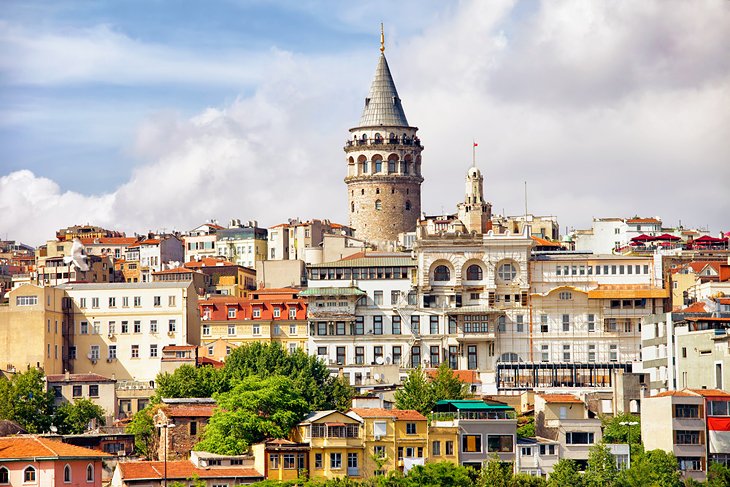
Galata Tower
This Genoese tower was built in the 14th century and is one of Istanbul's most recognizable landmarks. Take the elevator or the stairs for great panoramic views over the city from the top balcony. Be aware, though, that it's a super popular sight, so come early or be prepared to wait in line.

Istiklal Caddesi and Taksim
Pedestrianized Istiklal Caddesi (Independence Street) is a bustling modern shopping street with a wealth of restaurants and cafés. The lower end of the street can be reached by taking the world's oldest underground railway from near Galata Bridge, the Tünel, constructed in 1875. There is also a quaintly old-fashioned tramway that runs along its length right up to Taksim Square at the top of the hill. From Taksim Square, busy Cumhuriyet Caddesi is lined with hotels, shops, restaurants, and high rises. On the east side of the road, just after the square, is Maçka Park, which is home to the interesting Military Museum.
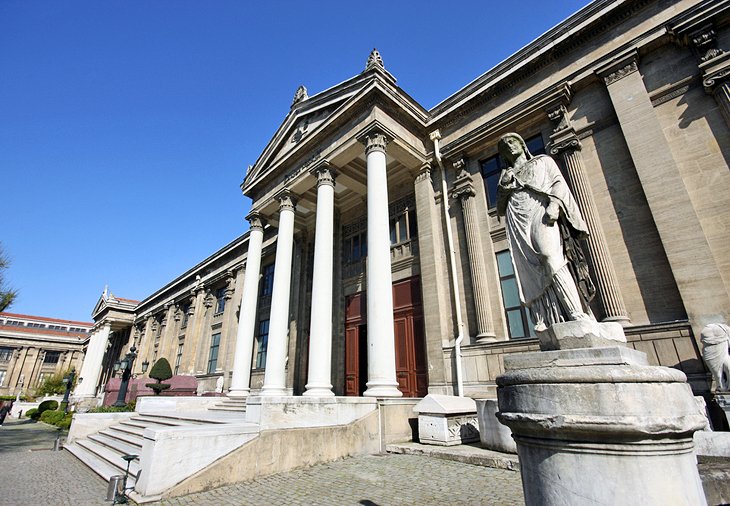
Istanbul Archaeology Museum
Just a hop, skip, and jump away from Topkapi Palace, this important museum complex brings together a staggering array of artifacts from Turkey and throughout the Middle East, which sweeps through the vast breadth of history of this region. There are three separate sections in the complex, each of which are worthy of a visit: the Museum of the Ancient Orient; the main Archaeology Museum; and the Tiled Pavilion of Mehmet the Conqueror, which holds a staggering collection of ceramic art. As well as all the wonderful artifacts on display, don't miss the interesting Istanbul Through the Ages exhibit room in the main Archaeology Museum.

Süleymaniye Mosque
Sitting high on the hill above Sultanahmet district, the Süleymaniye Mosque is one of the most recognized landmarks of Istanbul. It was built for Süleyman the Magnificent by the famed Ottoman architect Sinan between 1549 and 75. The interior, dominated by its soaring 53-meter-high dome is notable for its harmonious proportions and unity of design. Outside in the tranquil garden area is an interesting Ottoman cemetery that is also home to the türbes (tombs) of the Sultan Süleyman and his wife Haseki Hürrem Sultan (known in the west as Roxelana).
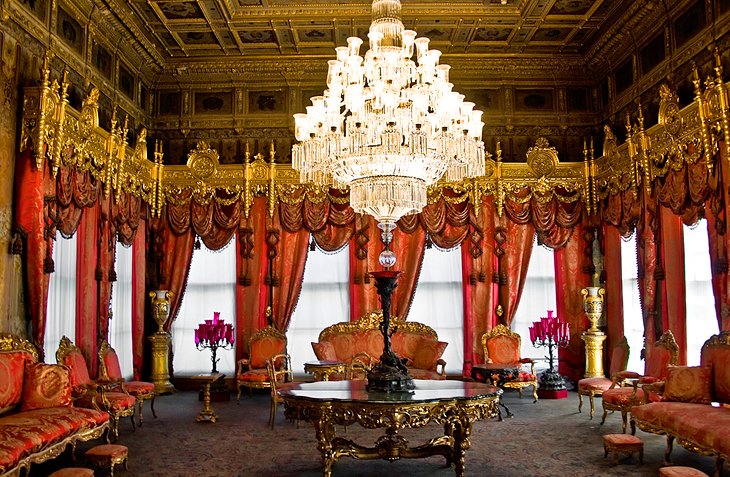
Dolmabahçe Palace
The sumptuous and ornate Dolmabahçe Palace shows the clear influence of European decoration and architecture on the Ottoman Empire in the 19th century. Built by Sultan Abdülmecid I in 1854, it replaced Topkapi Palace as the main residence of the sultans. The formal gardens are punctuated with fountains, ornamental basins, and blooming flower beds, while inside the sheer splendor and pomp of the Turkish Renaissance style is dazzling. The interiors mix Rococo, Baroque, Neoclassical, and Ottoman elements, with mammoth crystal chandeliers, liberal use of gold, French-style furniture, and dazzling frescoed ceilings.
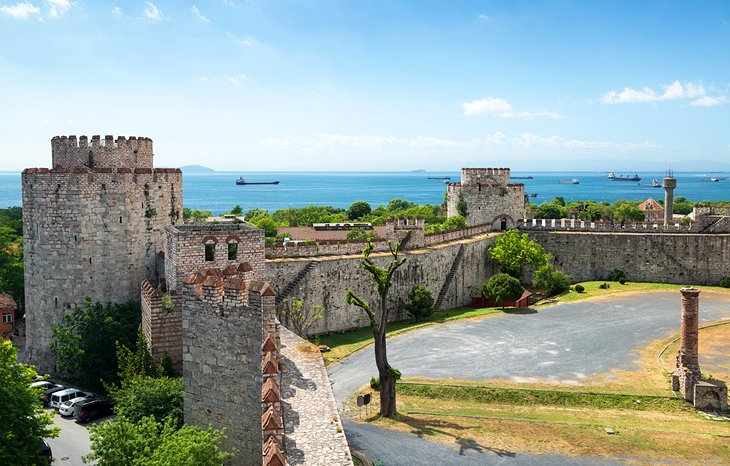
Yedikule Fortress
Although it's a bit of a schlep on the suburban train to get out to Yedikule, this commanding fortress is well worth it. Built in the 5th century by the Emperor Theodosius II, the fortress made up the southern section of Constantinople's defensive walls. The mammoth arch (blocked up in the late Byzantine period) was known as Porta Aurea (Golden Gate), with doors plated in gold. When the Ottomans conquered the city, they used the fortress for defense, and later as a prison and execution place. Yedikule has been restored in recent years, and you can climb up to the top of the battlements for superb views across the Sea of Marmara.
BEST HOTELS OF ISTANBUL
Experience the passion of hospitality
Grand Hyatt Istanbul
Harbiye Mah Taskisla Caddesi No: 1, Istanbul 34367 Turkey Website 00 90 212 368 12 34
Sura Hagia Sophia Hotel İstanbul
Alemdar Mh., Ticarethane Sk. No:10, 34122 Fatih/İstanbul, Turkey Website 00 90 212 368 12 34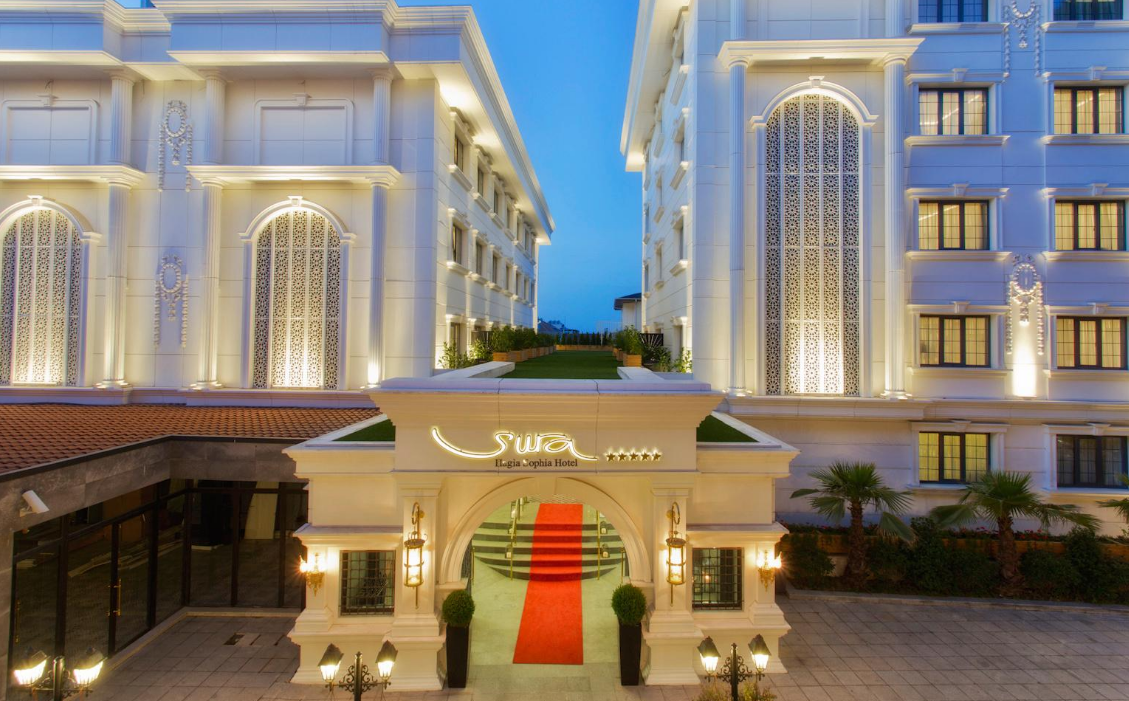
Best Hospitals
In case of any emergency, you can visit these hospitals. They are the leading hospitals in Dubai providing quality medication in emergency situations throughout day and night.
| American Hospital | Directions |
|---|---|
| Acibadem Hospital in Taksim | Directions |
| Hisar Hospital Intercontinental | Directions |


